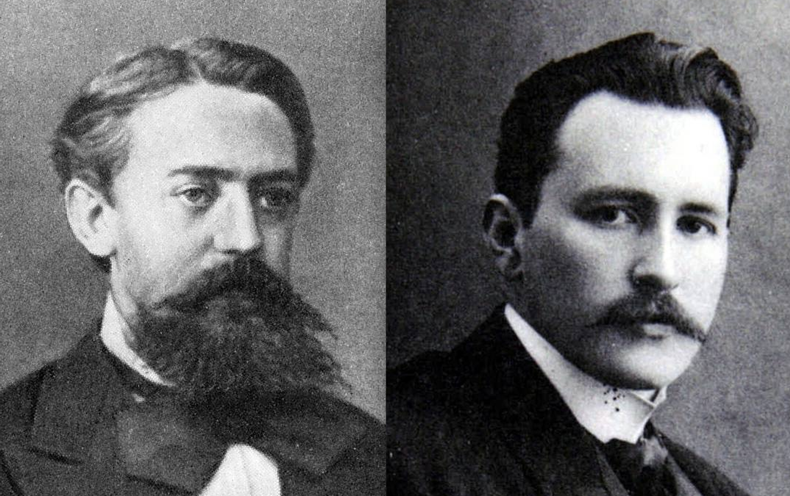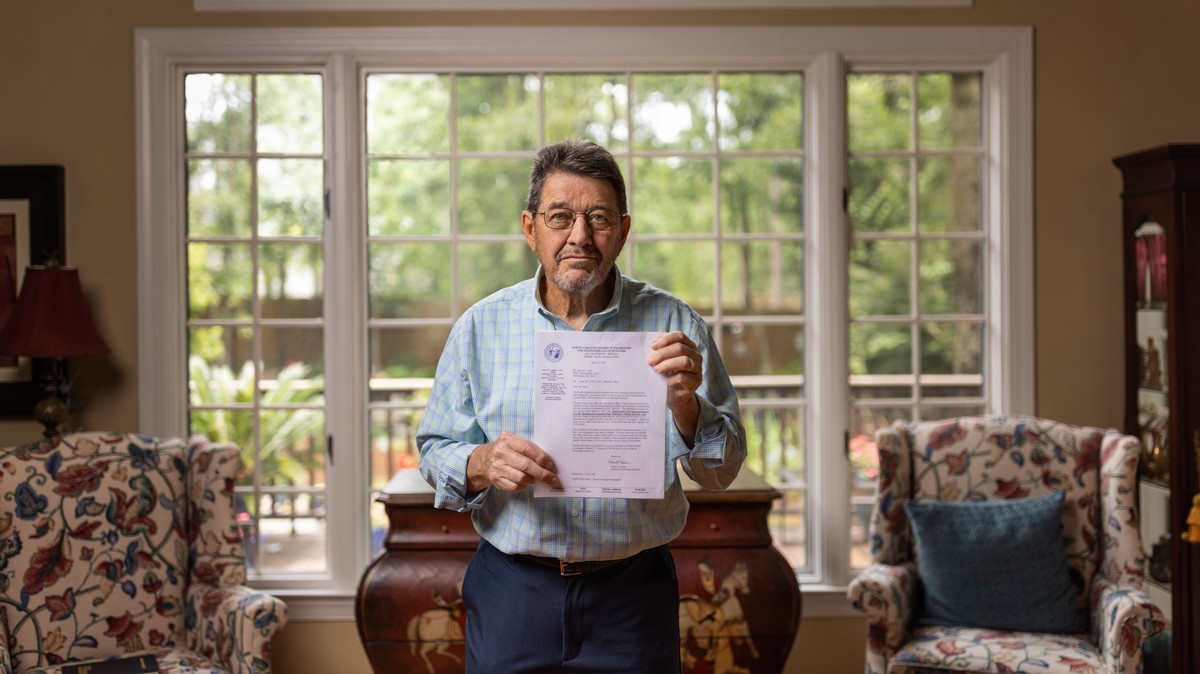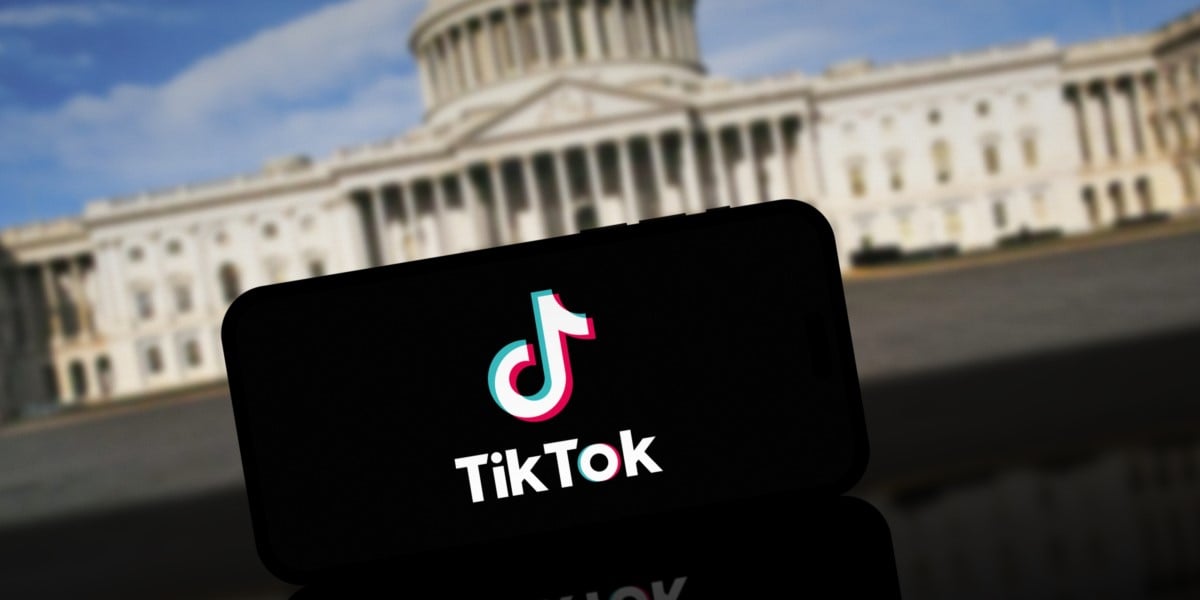
Letter from Selma | The New Yorker
The thirty thousand people who at one point or another took part in this week’s march from the Brown Chapel African Methodist Episcopal Church in Selma, Alabama, to the statehouse in Montgomery were giving highly dramatic expression to a principle that could be articulated only in the vaguest terms. They were a varied lot: local Negroes, Northern clergymen, members of labor unions, delegates from state and city governments, entertainers, mothers pushing baby carriages, members of civil-rights groups more or less at odds with one another, isolated, shaggy marchers with an air of simple vagrancy, doctors, lawyers, teachers, children, college students, and a preponderance of what one marcher described as “ordinary, garden- variety civilians from just about everywhere.” They were insulated in front by soldiers and television camera crews, overhead and underfoot by helicopters and Army demolition teams, at the sides and rear by more members of the press and military, and over all by agents of the F.B.I. Most of them were aware that protection along a route of more than fifty miles of hostile country could not be absolute (on the night before the march, a student who had come here from Boston University was slashed across the cheek with a razor blade), yet few of the thirty-two hundred marchers who set out on Sunday morning seemed to have a strong consciousness of risk. They did not have a sharply defined sense of purpose, either. President Johnson’s speech about voting rights and Judge Johnson’s granting of permission for the march to take place had made the march itself ceremonial—almost redundant. The immediate aims of the abortive earlier marches had been realized: the national conscience had been aroused and federal intervention had been secured. In a sense, the government of Alabama was now in rebellion, and the marchers, with the sanction and protection of the federal government, were demonstrating against a rebellious state. It was unclear what such a demonstration could hope to achieve. Few segregationists could be converted by it, the national commitment to civil rights would hardly be increased by it, there was certainly an element of danger in it, and for the local citizenry it might have a long and ugly aftermath. The marchers, who had five days and four nights in which to talk, tended for the most part to avoid discussions of principle, apparently in the hope that their good will, their sense of solidarity, and the sheer pageantry of the occasion would resolve matters at some symbolic level and yield a clear statement of practical purpose before the march came to an end.
From this point of view, the first few hours of Sunday morning in Selma were far from satisfying. Broad Street, the town’s main thoroughfare, was deserted and indifferent. At the Negro First Baptist Church, on the corner of Sylvan Street and Jefferson Davis Avenue, denim-clad veterans of earlier marches stood wearily aloof from recruits, who ate watery scrambled eggs, drank watery coffee, and simply milled about. On Sylvan Street itself, an unpaved red sand road dividing identical rows of brick houses known as the George Washington Carver Development, crowds were gathering, some facing the entrance to the Brown Chapel Church, others on the steps of the church facing out. Inside the church, more people were milling, while a few tried to sleep on benches or on the floor. For several hours, nothing happened. The church service that was to begin the march was scheduled to take place at ten o’clock, but veterans advised newcomers—in the first of several bitter, self-mocking jokes that became current on the Selma-Montgomery road—that this was C.P.T., Colored People Time, and the service actually began more than an hour behind schedule. In a field behind the housing development, the Reverend Andrew Young, executive director of Dr. Martin Luther King’s Southern Christian Leadership Conference (S.C.L.C., referred to by some of the marchers as Slick), which sponsored the march, was giving marshals and night security guards last-minute instructions in the tactics of non-violence. “Keep women and children in the middle,” he said. “If there’s a shot, stand up and make the others kneel down. Don’t be lagging around, or you’re going to get hurt. Don’t rely on the troopers, either. If you’re beaten on, crouch and put your hands over the back of your head. Don’t put up your arm to ward off a blow. If you fall, fall right down and look dead. Get to know the people in your unit, so you can tell if somebody’s missing or if there’s somebody there who shouldn’t be there. And listen! If you can’t be non-violent, let me know now.” A young man in the standard denim overalls of the Student Nonviolent Coordinating Committee (S.N.C.C., otherwise known as Snick) murmured, “Man, you’ve got it all so structured. There seems to be a certain anxiety here about structure.” Everyone laughed, a bit nervously, and the marshals went to the front of the church.

























